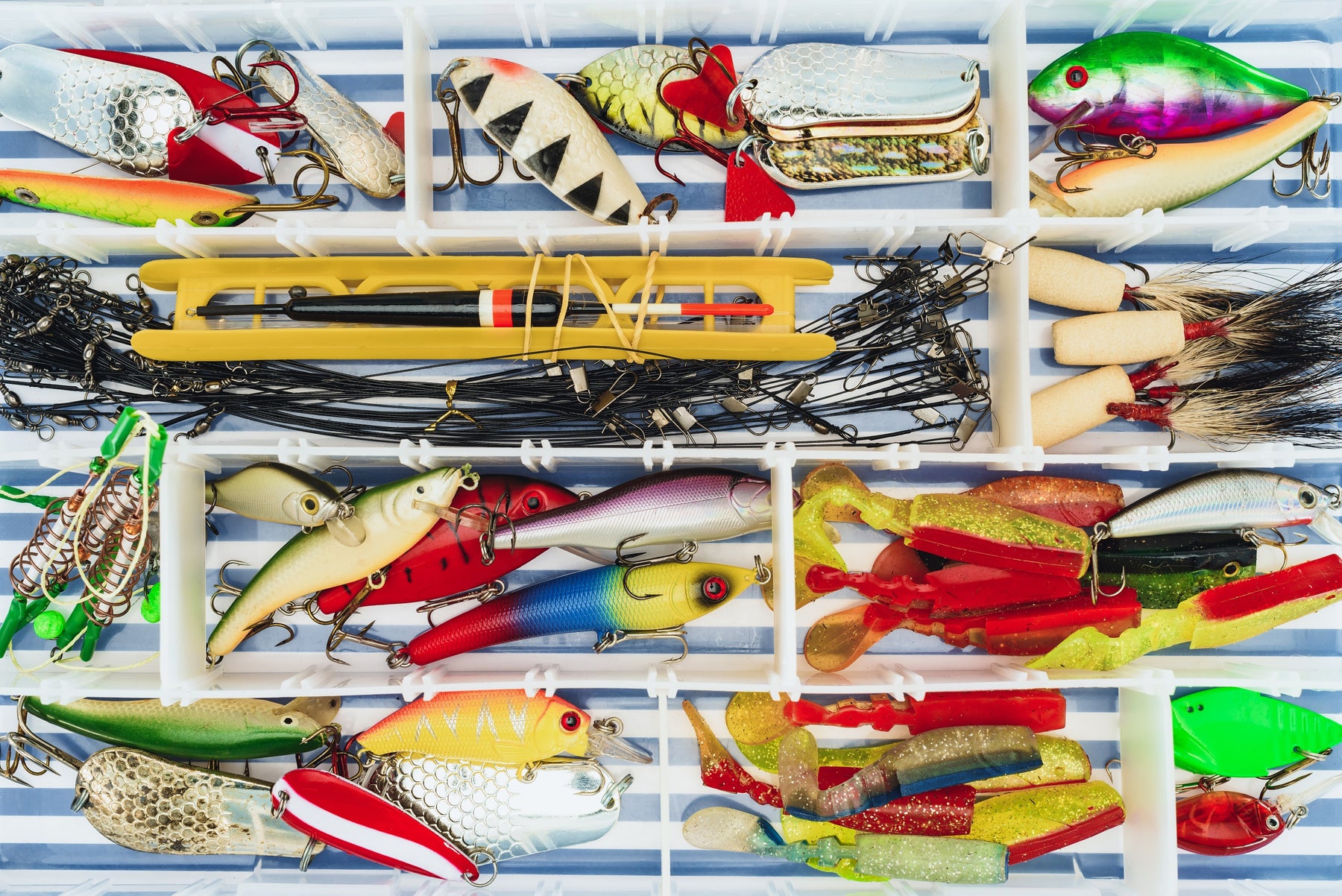
The Evolution of Trolling Lures: From Classic to Cutting-Edge Designs
Trolling is one of the oldest and most effective fishing techniques, particularly popular for catching large game fish. Over the years, trolling lures have transformed from simple, handcrafted designs to highly engineered tools that incorporate modern technology. Today’s lures are designed to mimic real prey with remarkable accuracy, making it easier for anglers to attract and catch fish. In this article, we’ll explore the fascinating evolution of trolling lures, from their early beginnings to today’s innovative, cutting-edge designs.
The Early Days of Trolling Lures
In the early days of trolling, lures were made from basic materials like wood, bone, and metal. These handcrafted lures were often painted to resemble fish or other prey, but they lacked the refined details and hydrodynamic shapes seen in modern designs. Early anglers relied on craftsmanship and local knowledge to create lures that would attract fish in their region, but there was little consistency in design.
Key Features of Early Trolling Lures:
- Materials: Wood, bone, and metal.
- Design: Simple, often carved by hand with minimal detail.
- Functionality: Effective for local species but lacked versatility.
Despite their simplicity, these early lures laid the foundation for modern trolling lures. Anglers began to understand how lure shape, color, and movement impacted their effectiveness, leading to gradual innovations in lure design.
The Introduction of Synthetic Materials
As fishing became more popular in the 20th century, manufacturers began experimenting with synthetic materials. Plastics and rubber allowed for greater flexibility in design, enabling the production of lighter and more durable lures. Synthetic materials also made it possible to add detailed, lifelike features, such as scales, fins, and realistic color patterns.
Advancements with Synthetic Materials:
- Durability: Synthetic materials are more resistant to water damage and wear.
- Realism: Manufacturers could create detailed, lifelike designs that closely resemble real prey.
- Variety: Anglers gained access to a wider range of lure shapes, sizes, and colors.
These advancements made trolling lures more versatile and effective, allowing anglers to target a broader range of fish species in various environments.
Technological Innovations: 3D Printing and Holographic Finishes
In recent years, trolling lure design has been revolutionized by technology. Techniques like 3D printing have enabled manufacturers to create highly detailed, anatomically accurate lures that mimic the appearance and movement of live baitfish. Holographic finishes and UV coatings have also become popular, helping lures stand out in different water conditions by reflecting light in a way that mimics real fish scales.
Key Technological Innovations:
- 3D Printing: Allows for precise, detailed designs that closely mimic real fish anatomy.
- Holographic Finishes: Reflect light to attract fish from a distance, especially in deeper or murky waters.
- UV Coatings: Enhance lure visibility, making it easier for fish to spot the lure in low-light conditions.
These technological advancements have transformed trolling lures into sophisticated tools that not only look like real prey but also move in a way that attracts fish effectively. Many of these lures are designed with specific fish species and environments in mind, giving anglers a significant edge.
Tournament-Grade Lures: The Gold Standard
For competitive anglers and serious enthusiasts, tournament-grade lures have become the gold standard. Brands like Ballyhood produce high-quality, tournament-rigged lures designed to withstand the pressures of big-game fishing. These lures are built with durability and performance in mind, featuring hydrodynamic designs that ensure stability and natural movement even at high trolling speeds.
Characteristics of Tournament-Grade Lures:
- High-Quality Materials: Durable construction that resists corrosion and wear.
- Hydrodynamic Design: Shapes that minimize drag and create lifelike movement in the water.
- Species-Specific Targeting: Lures designed to attract specific fish, such as tuna, marlin, and wahoo.
Tournament-grade lures have raised the bar for what anglers can expect from their gear, offering a combination of strength, precision, and effectiveness that’s unmatched by traditional designs.
The Future of Trolling Lures: What’s Next?
As technology continues to evolve, the future of trolling lures looks promising. Innovations like artificial intelligence and smart sensors could soon make their way into lure design, allowing lures to adapt to changing water conditions or fish behavior in real-time. Other potential advancements include scent-infused lures and light-emitting designs that can further enhance the lure’s attraction in different environments.
Predicted Future Innovations:
- AI-Enhanced Lures: Technology that could adjust lure behavior based on water conditions and fish proximity.
- Scent-Infused Designs: Lures that release fish-attracting scents to enhance realism.
- Light-Emitting Features: Integrated LED lights to attract fish in deep or murky waters.
These innovations could open up new possibilities for anglers, making trolling an even more effective method for catching fish in a variety of conditions.
The evolution of trolling lures from simple handcrafted tools to high-tech, tournament-grade equipment reflects the advancements in fishing technology and angler needs. With each new development, trolling lures become more realistic, durable, and effective, allowing anglers to pursue their passion with confidence and success. Whether you’re a seasoned angler or a beginner, understanding the history and innovation behind trolling lures can help you choose the right tools for your next fishing adventure. So, the next time you’re out on the water, remember that your lure is the result of centuries of innovation and a dedication to making fishing more exciting and rewarding.






